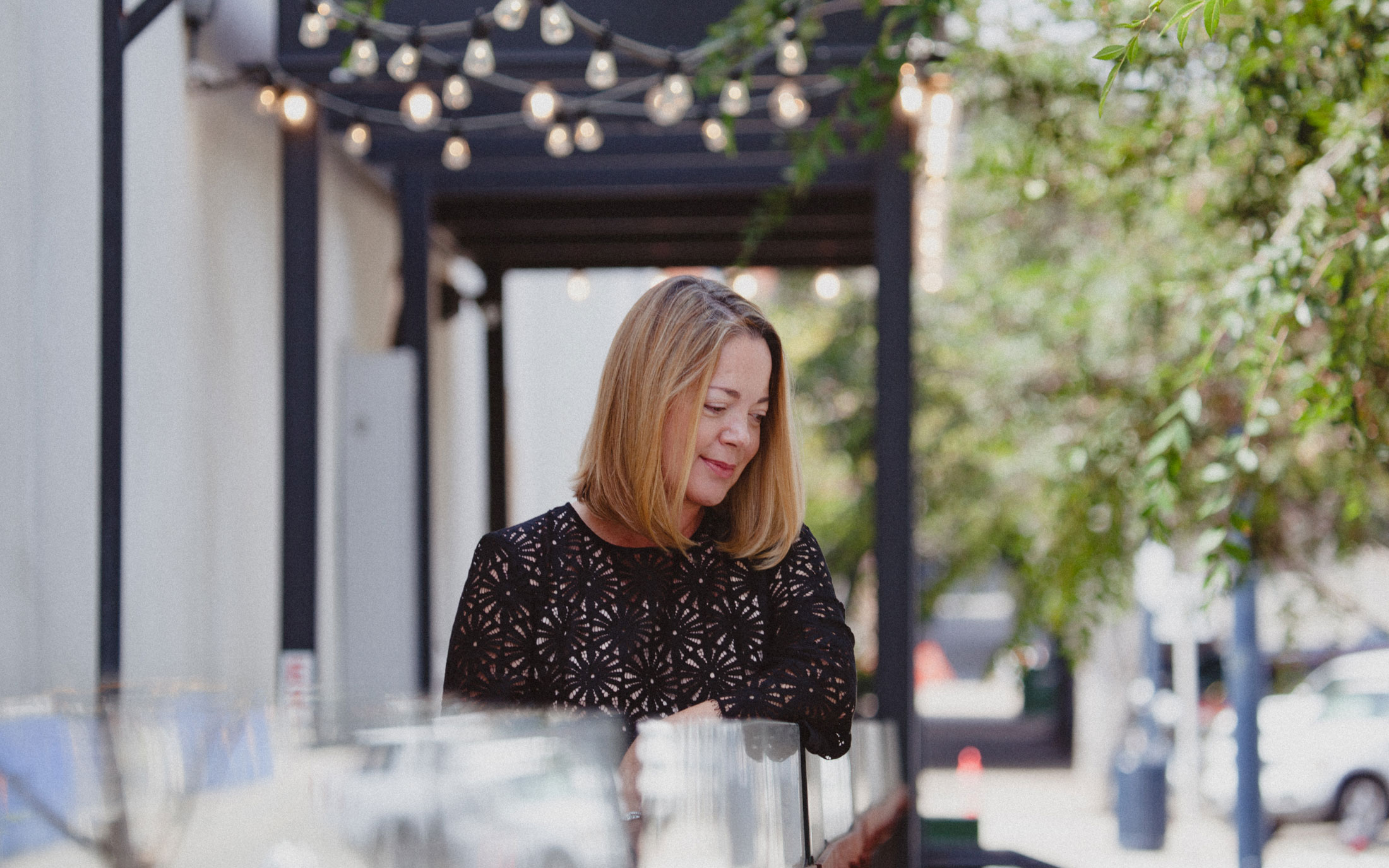
The Architecture of Transformative Experience
There is a lot of talk these days about ‘experience’ and its role in design and business. Whether it’s applied to user experience, customer experience or the employee experience, there is a growing desire by brands to create remarkable customer interactions which are memorable and inspiring.
Remember the Welcome to the Experience Economy?
This topic of experience, however, is not a new one. As a formal idea, it was introduced almost twenty years ago. In 1998, B. Joseph Pine II and James H. Gilmore wrote a Harvard Business Review article called, “Welcome to the Experience Economy” which was followed by a book in 1999.
They described the concept of the Experience Economy by outlining The Progression of Economic Value. This principle describes how the values by which consumers base their purchases have evolved or progressed over the last century. Let’s use a cake to describe the idea;
- The Commodities Economy was described as an agrarian-based economy in which traders farmed natural products and brought them to market. The cake consumer would purchase the raw ingredients and bake the cake from scratch. The cost to make this cake was at its cheapest.
- The Goods Economy was an industrial-based economy in which manufacturers made standardized products and made them available to users. The cake consumer would purchase these cake-mix products to bake the cake. The cost to bake the cake in the goods economy was slightly higher.
- The Service Economy was a service-based economy in which providers delivered on-demand, customized services to their clients. The cake consumer would go to the local bakery to purchase a baked cake which they could personalize with a frosted greeting. The consumer traded cost for convenience.
- The Experience Economy is an experience-based economy in which stagers staged personal and sensational moments for their guests. Currently, we are in the Experience Economy. The cake consumer is no longer satisfied with a commoditized product or even service. They are willing to pay an exponentially higher price for a shared experience. Parents turned party-planners now choose Chuck E. Cheese or Disneyland to enjoy entertainment, community, and memories to enhance the birthday cake experience.
An early pioneer of the experience economy was Walt Disney, a man before his time. While his early storytelling success was based on being a cartoonist and then as animated film visionary, he soon grew weary of two-dimensional stories that could only be observed from a screen.
He began to imagine a three-dimensional, story-driven experience in which the audience members could be transformed into guests or even participants. The question became, “What would it look like to create stories in which the guests could interact with the characters and the environments?” The answer was the development of Disneyland, The Happiest Place on Earth.
The Be Our Guest anthem has become the cornerstone of Disney’s experience-based approach. They understand that every guest touchpoint must be as intentional as if it were a scene in a film. From the user experience of the website, the customer experience of ticket purchase, the parking of a car, the walk/ride to the gates, the walk down Main Street, the interaction with the characters, the first view of the castle… you get the picture. Every interaction is strategic, designed and layered with backstory.
In fact, the Disney story and experience-driven legacy inspired and informed the development of our ideology and methodology at Visioneering Studios to create stories through spaces. Our principals, current and past, were trained at The Walt Disney Company, Walt Disney Imagineering, and AECOM, a significant Disney consultant.
The Upside and Dark Side to Experience-Driven Design
People are willing to pay for experiences because they offer a benefit and stimulation. People also base the value of experiences on their ability to cause them to tell stories about them. Lastly, people like experiences because they put the individual consumer, the “Me”, the “I”, at the center of the attention. It’s like pulling up a chair at a table and being served a feast.
But, the consumption aspect of experience is part of the problem. This is the dark side of experiences. Even experiences can become commoditized. Most experiences are remarkable, but only for the space of time in which they are being experienced. When an experience is consumer-based, it’s based on consumption. You are no longer impacted when you are no longer consuming it. It’s like food with empty calories, you know that Snickers bar that is delicious in the moment, but fleeting in its impact.
It’s time to move beyond a consumer-based approach to experiences. It’s time to move beyond the experience economy. In the words of a Christian songwriter, Lanny Wolfe, “I’m so tired of being stirred but not being changed.”
So, what’s the answer?
Welcome to the Transformation Economy
Even Pine and Gilmore predicted that the next era would be the Transformation Economy in which the Yodas of the world will guide aspirants through experiences which result in sustained change in their lives. People are willing to pay for experiences that have the potential to change the way they live, work and play.
In fact, there is evidence that this transition is already happening in culture. Through the advances made by technology, it is widely acknowledged that we are more globally connected, yet more locally disconnected. People are looking for deeper reasons to connect.
Angie Thurston and Casper ter Kuile of the Harvard Divinity School released a study called How We Gather. They were interested in understanding why Millennials specifically are moving away from church attendance. The research uncovered six themes: the desire for community, personal transformation, social transformation, purpose-finding, creativity and accountability. The argument is made that the Church is not providing strong enough alternatives in these areas of life so Millennials are in search of other communities that provide this.
One of the ten case studies cited as emerging communities is Crossfit. In fact, there is a growing idea of ‘Crossfit as Church’. Crossfit provides a sense of community where the “Me” of the experience economy transitions to the “We” of the transformation economy. In addition to community, Crossfit is a place to undergo personal transformation and accountability. It is very common for a crossfitter to be called to explain why they missed a workout.
With this in mind, we are proposing a transformation-experience approach. How can we to reimagine the future of spaces in which we gather; where we live, work and play. This is the future.
The Architecture of Transformative Experience
The future of design is transformational experiences. I say future because I believe that strategic design anticipates where our future is headed. And design because I believe that design is the process of envisioning and creating an experience that transforms. I say experience because…
- Experience should be Emotional – Brian Solis, a futurist, says that “Experience is an emotional response to a moment.”
- Experience should be Holistic –“Experience is the sum of our interactions with the world around us.” –Gensler
- Experience should be Transformative – Truly transformative experiences leave the person forever changed by them. Going from an experience to an encounter.
The challenge becomes how to create spaces that elicits emotional, holistic and transformative experiences?
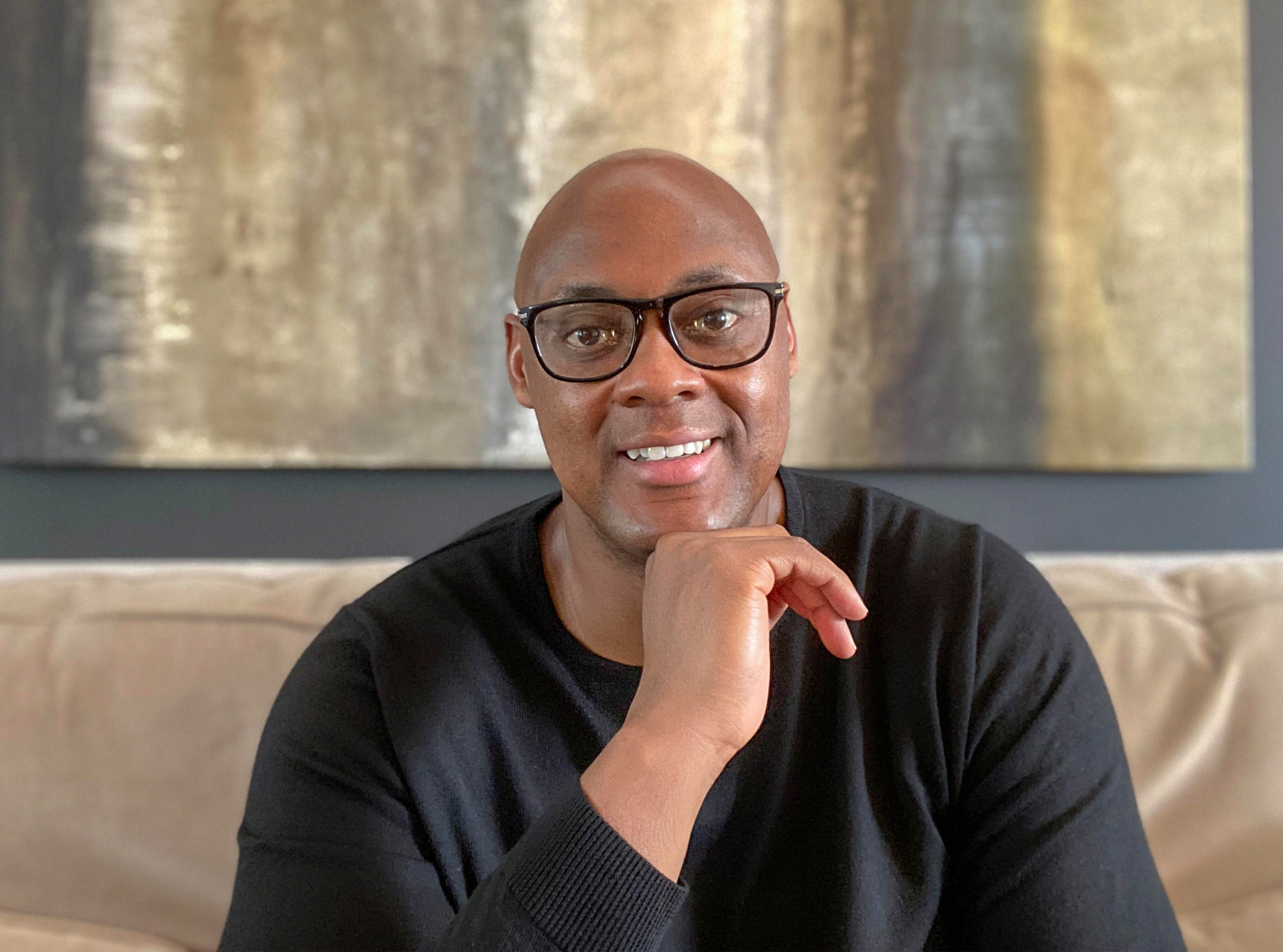
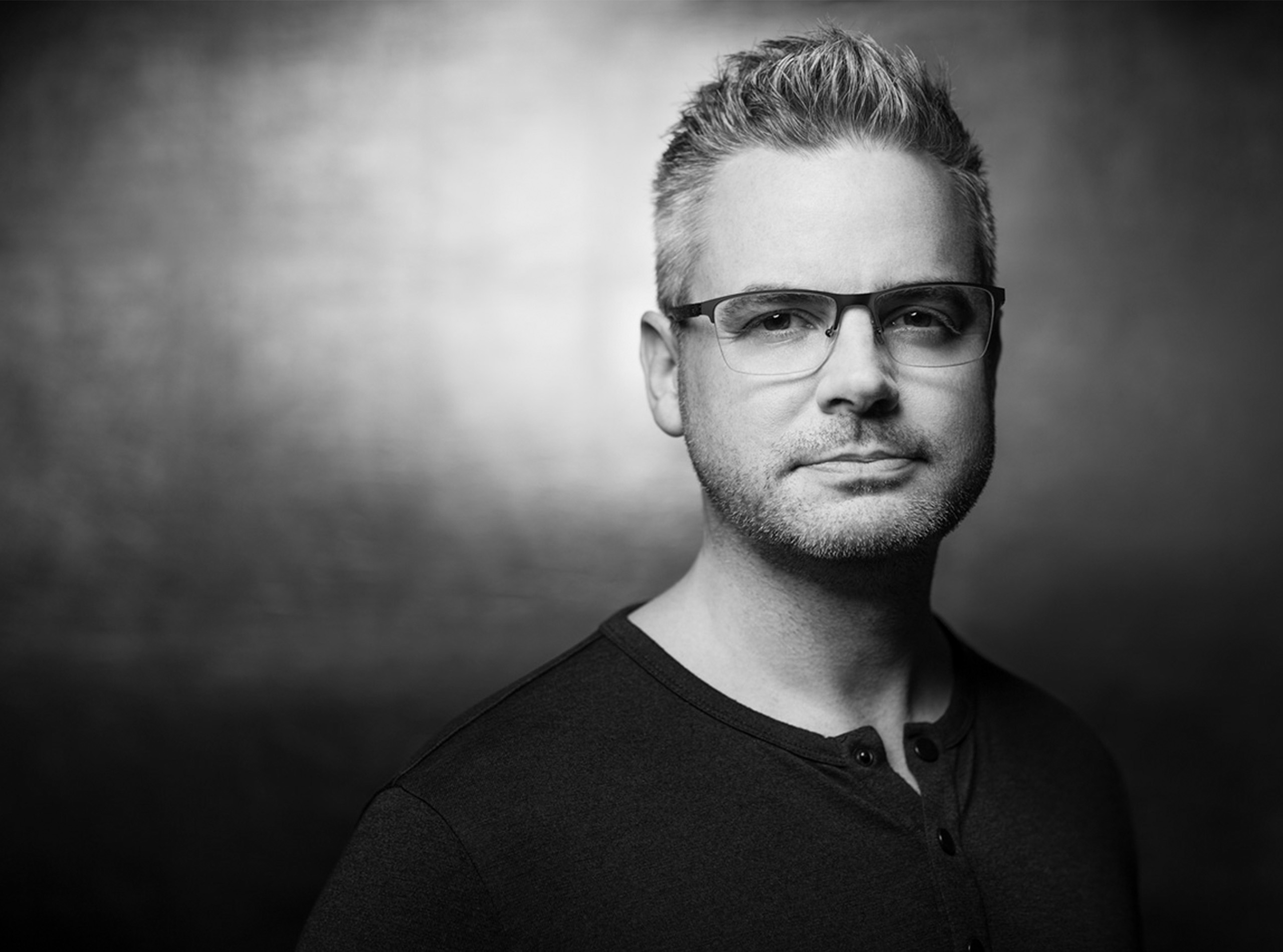
Uncommon Person: Chad Hutson
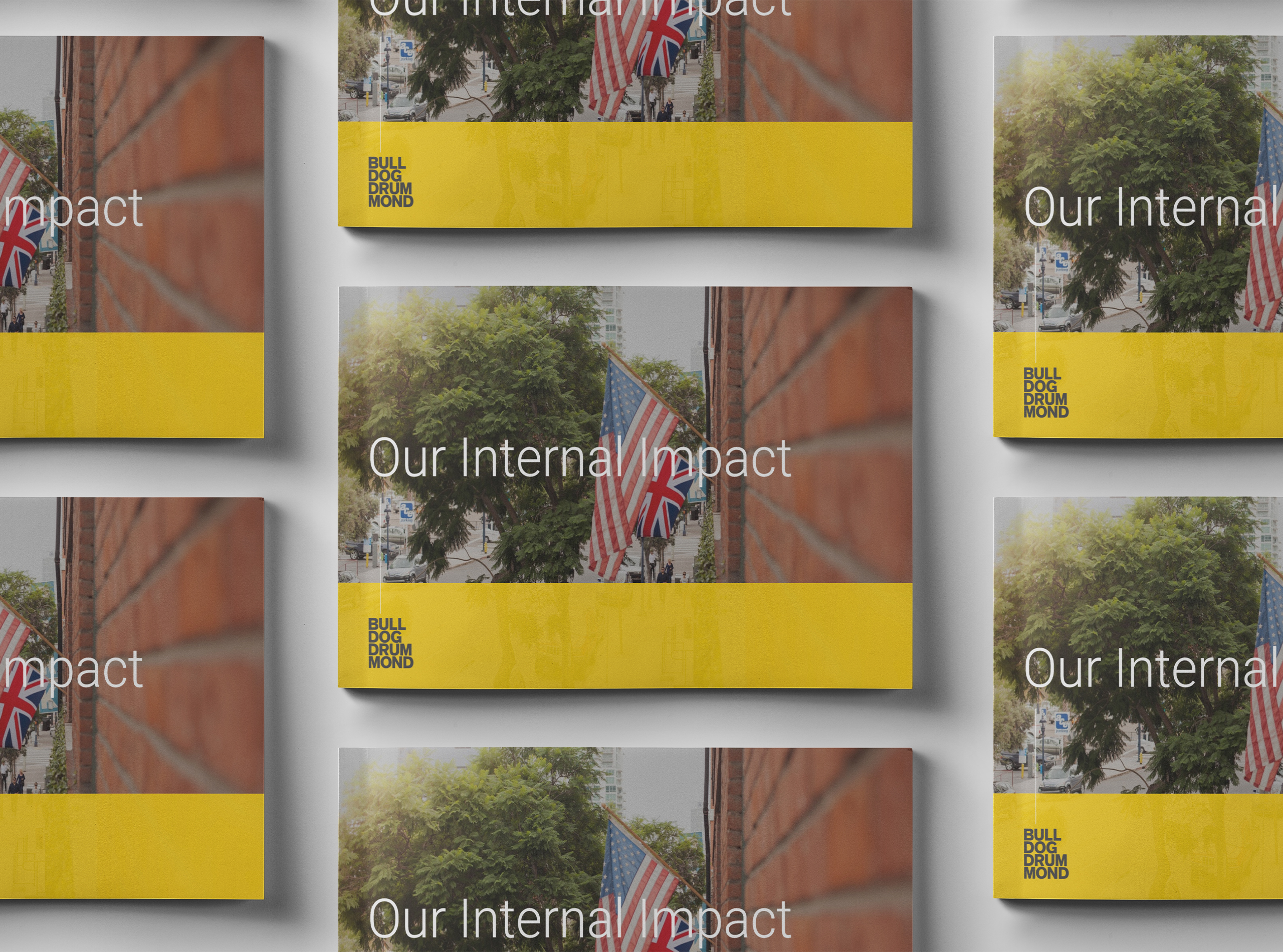
Our Internal Learning & Impact at Bulldog Drummond

The One Decision by Employers in 2021 that Means Everything
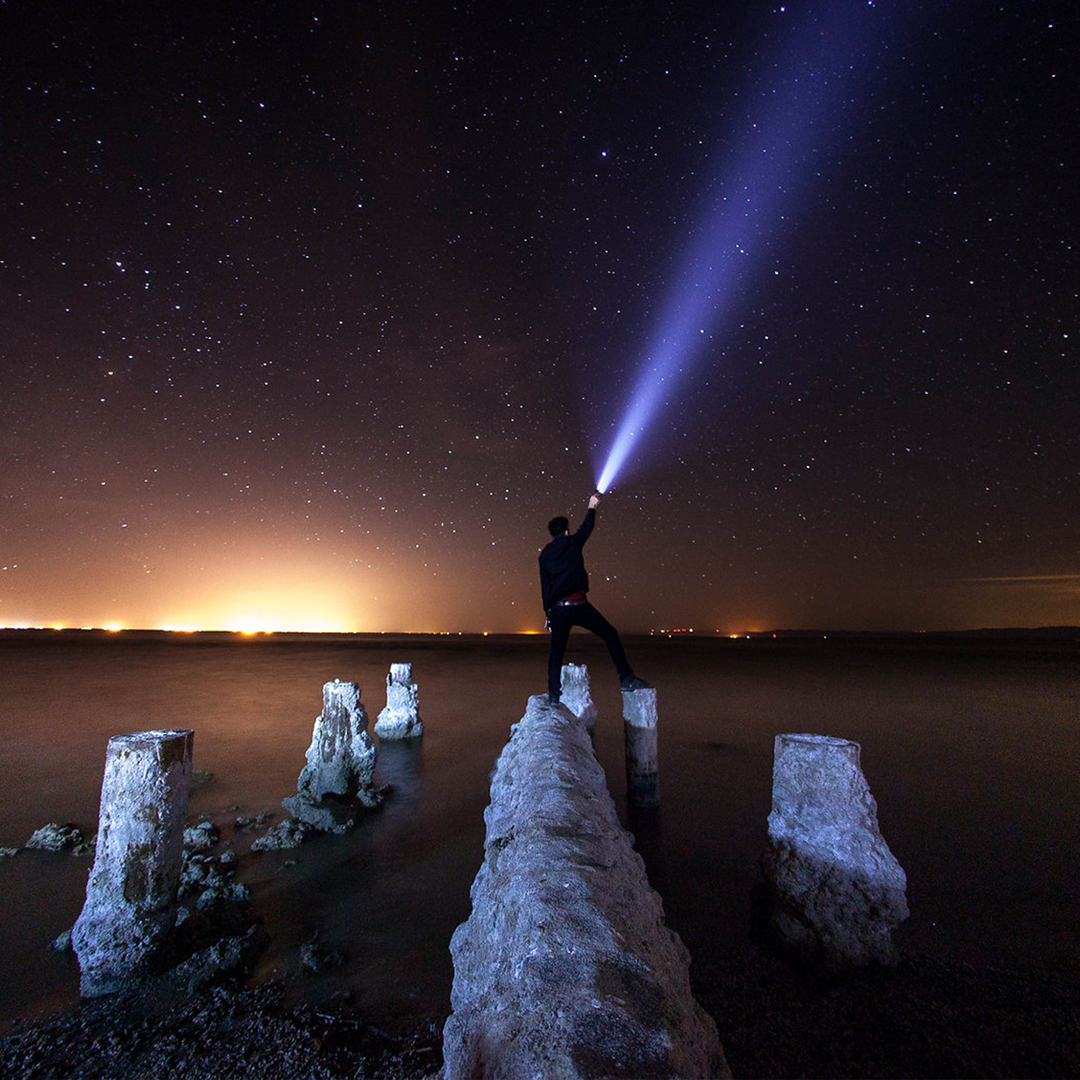
What I Wish I Knew

Standing Up Inside
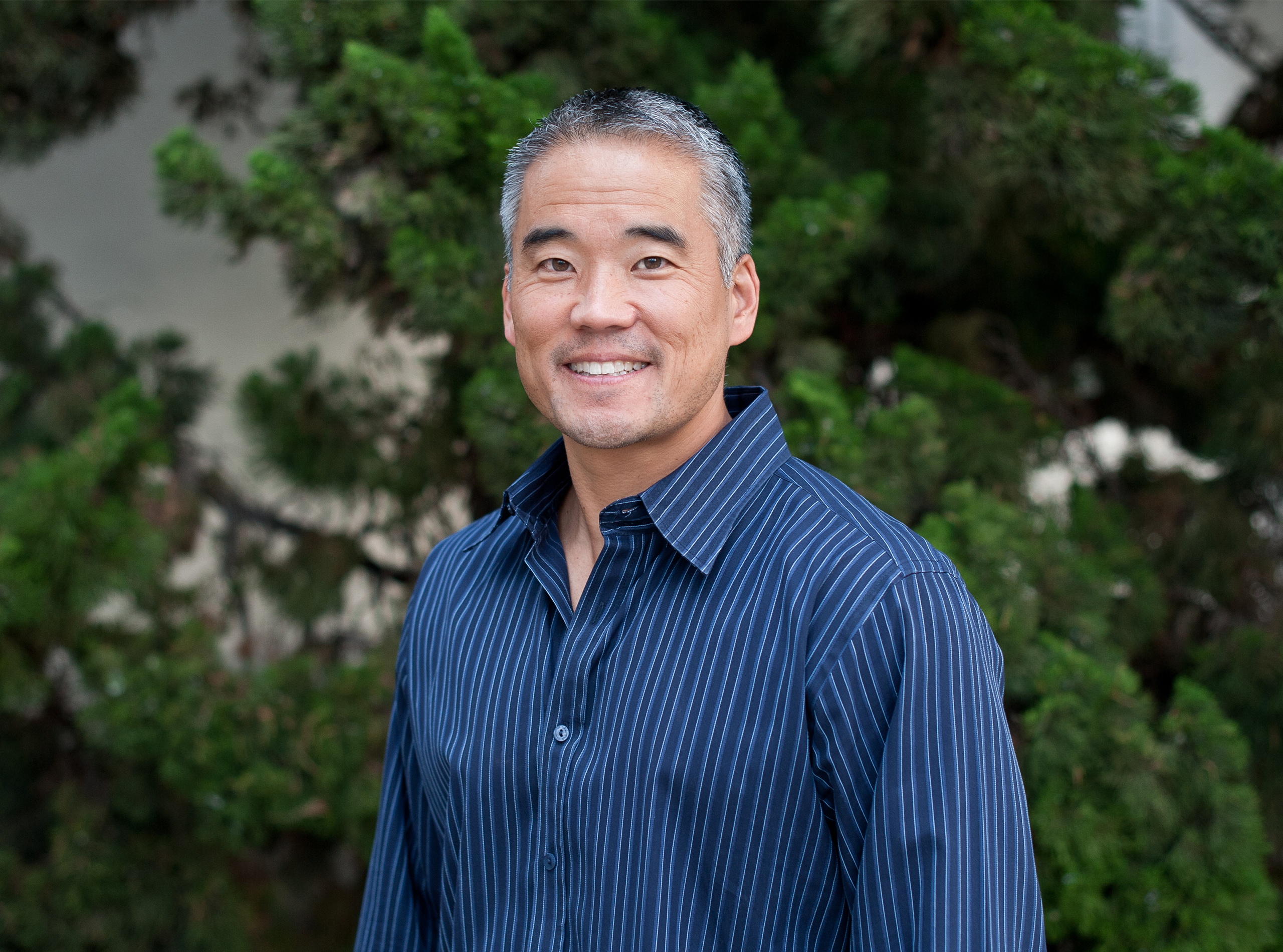
Uncommon Person: Gregg Imamoto

Five Things Every Company Should Know about ESG
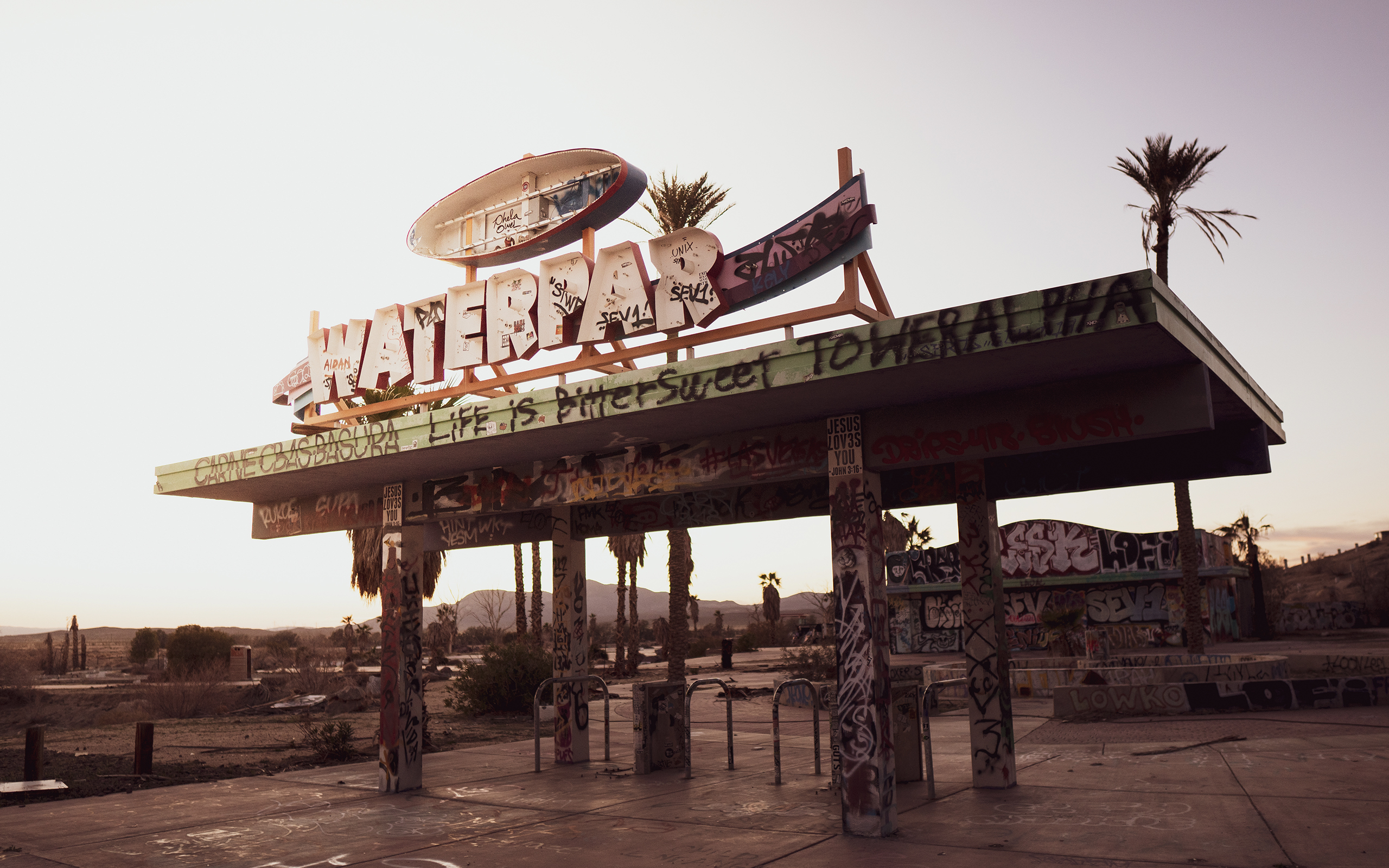
Redefining Value
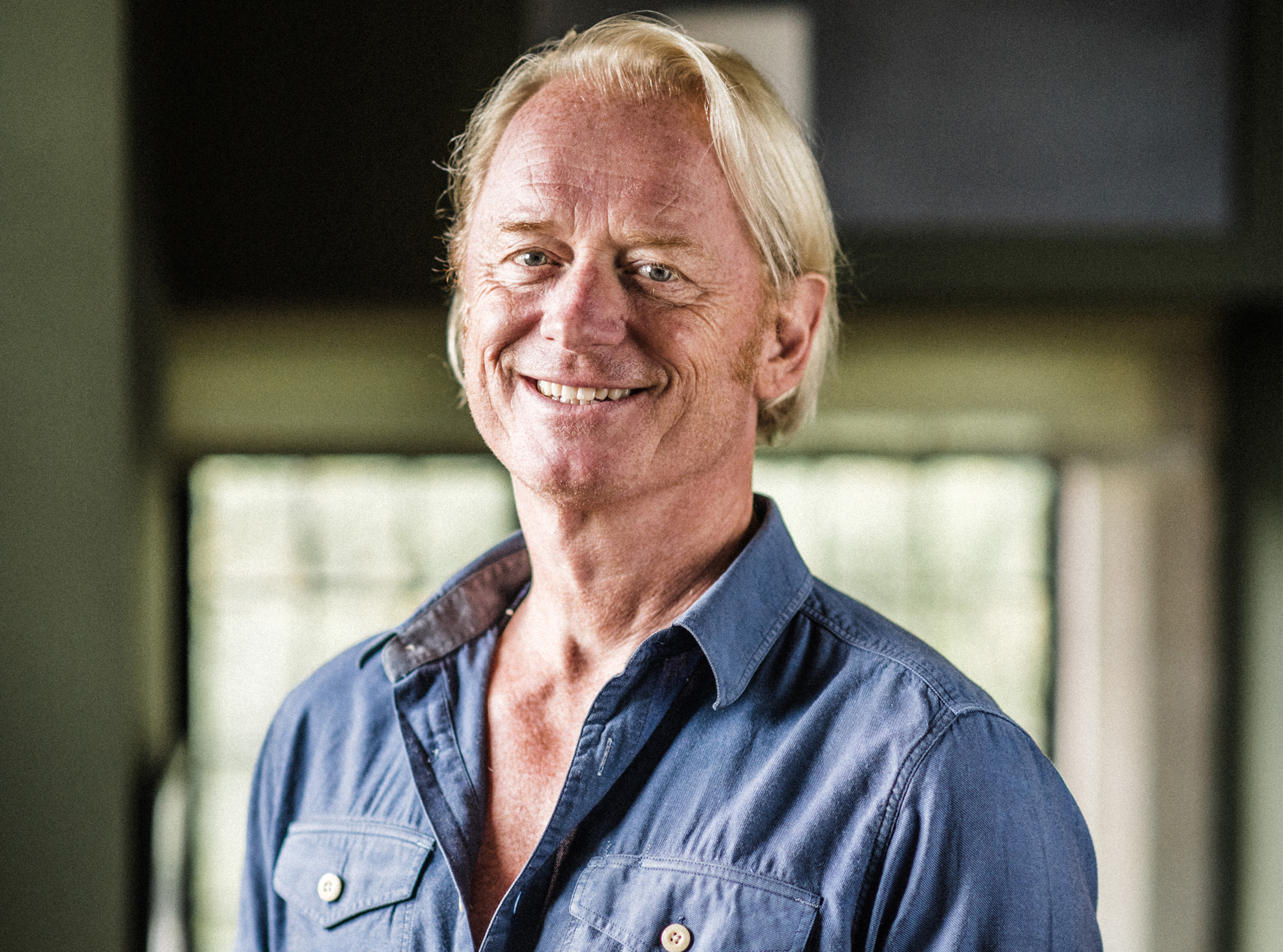
Uncommon Person: Chris Baréz-Brown

It’s Time For A Whole Lotta Common Good
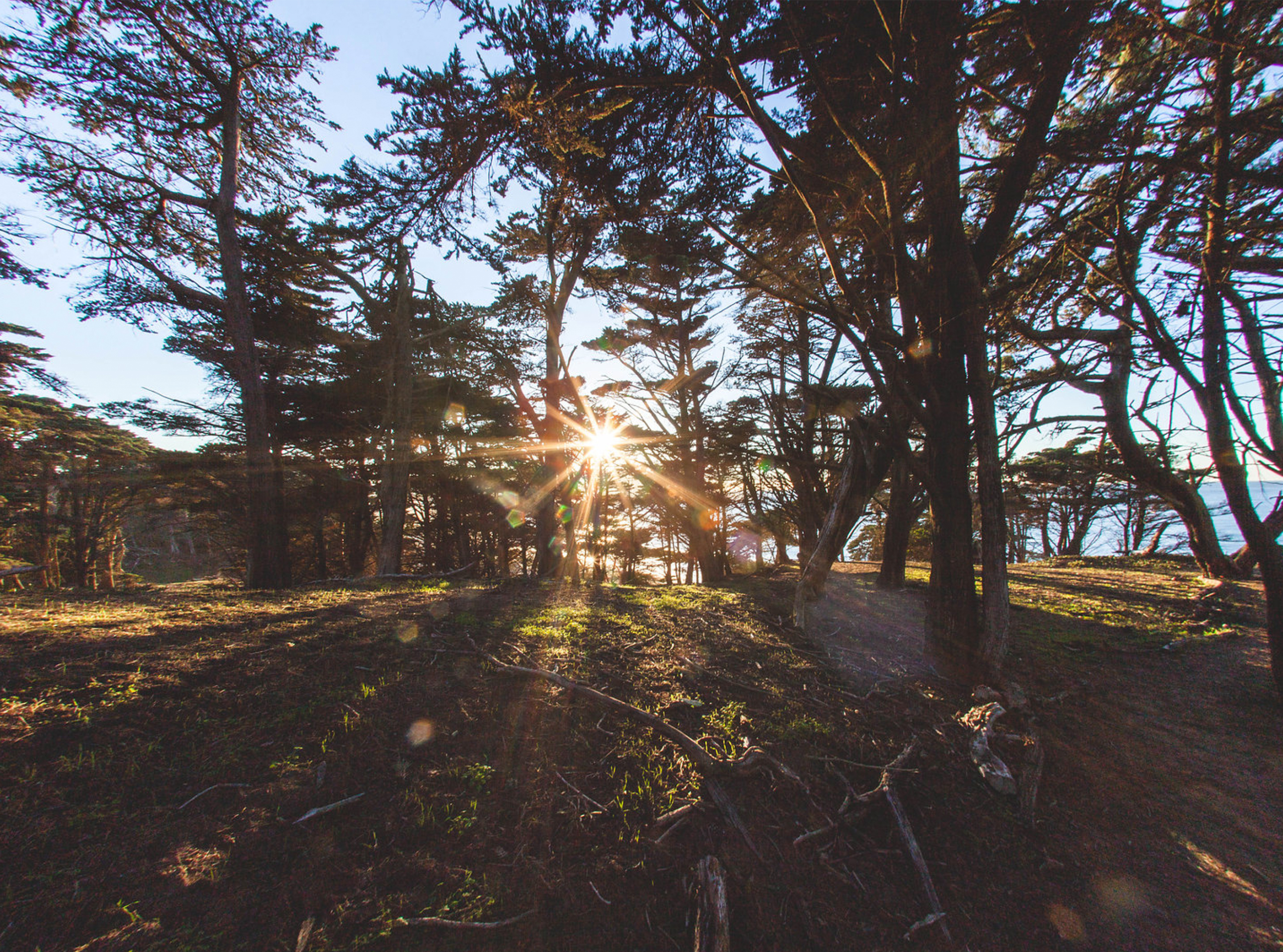
Did You Choose Humanity?

Uncommon Partnership: Violux

Here’s How
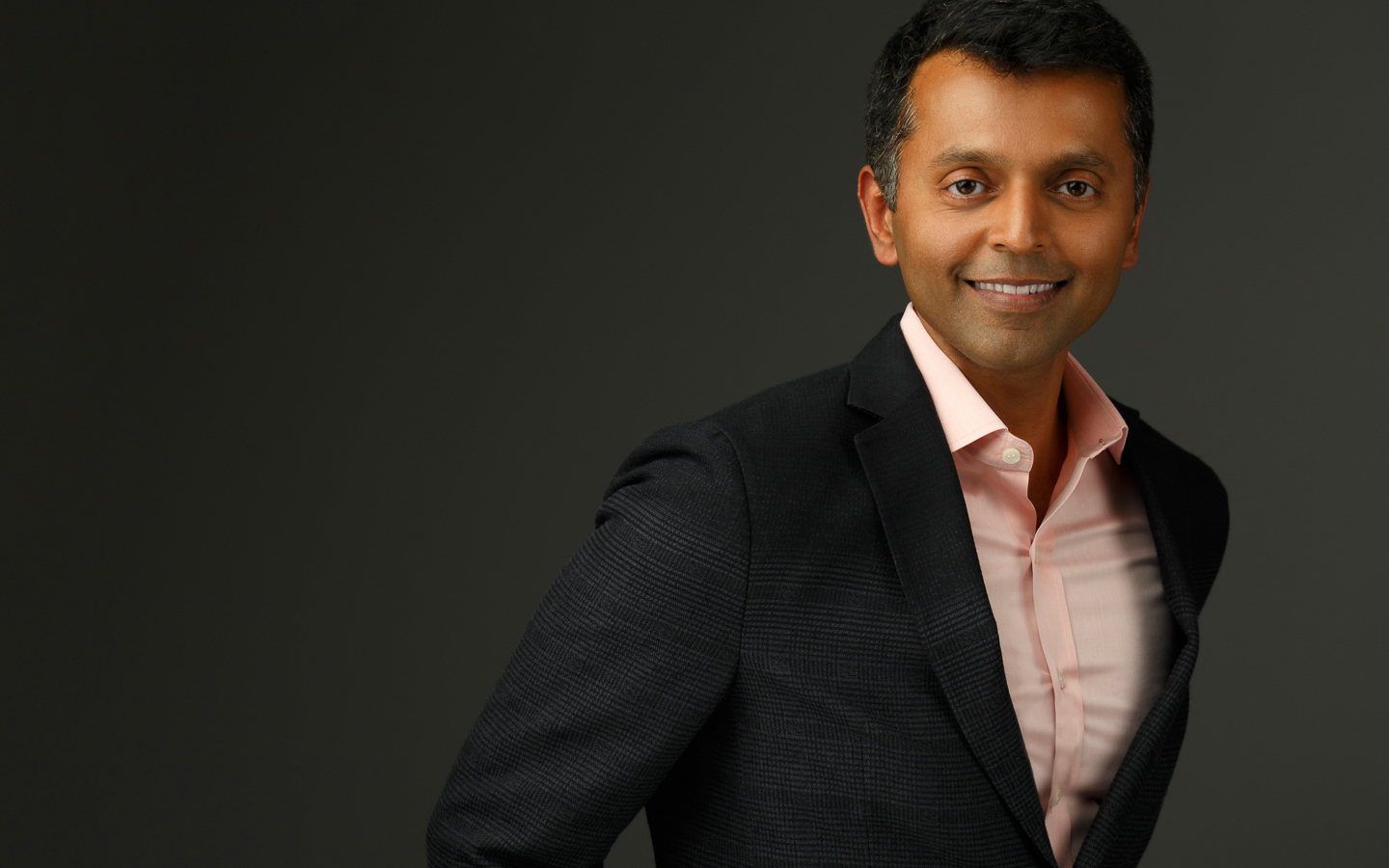
Uncommon Person: Santhosh Nair

Designing Strategy For A Complex World

Responsibility & Relevance for Brands
